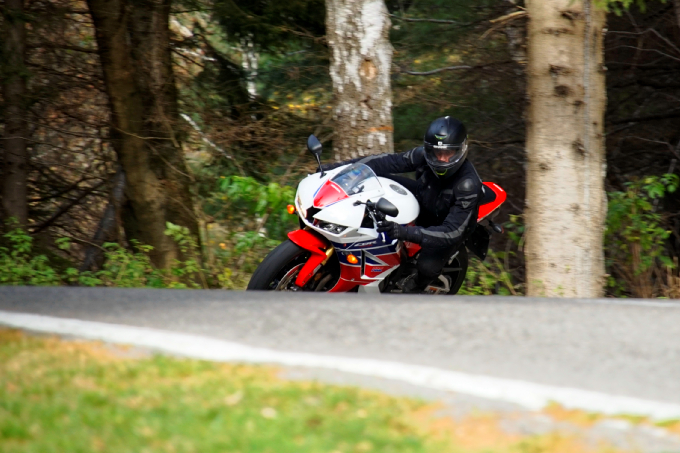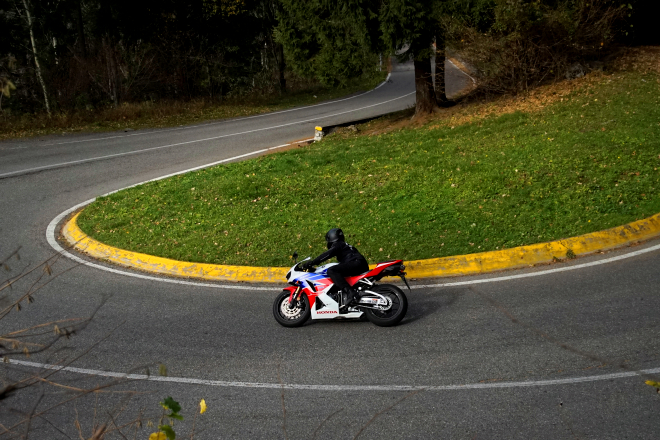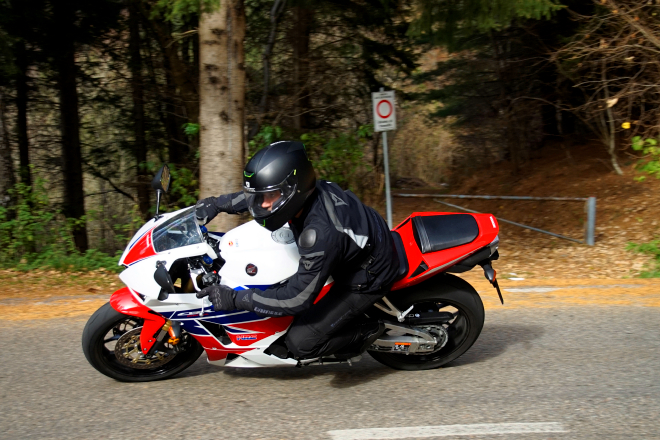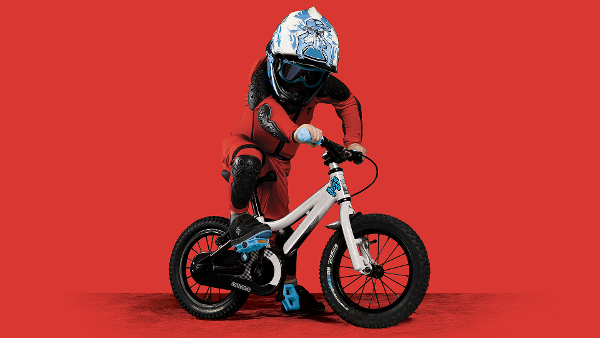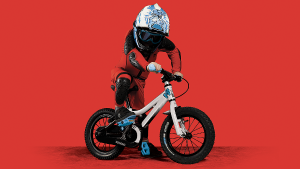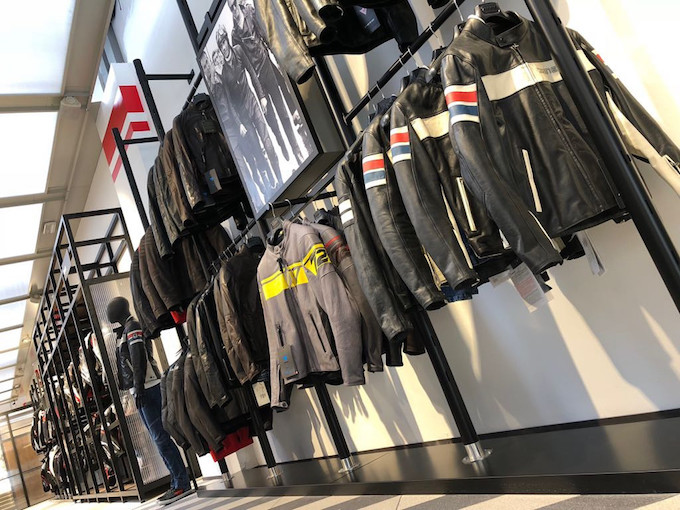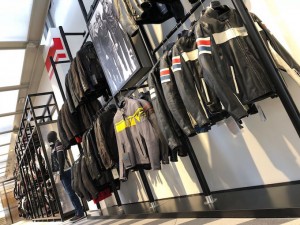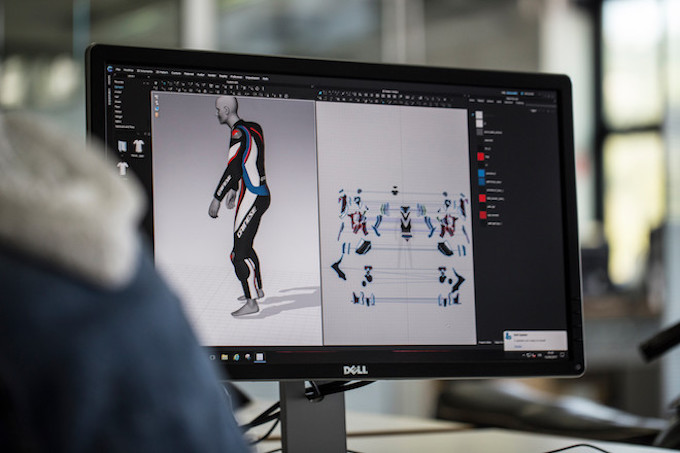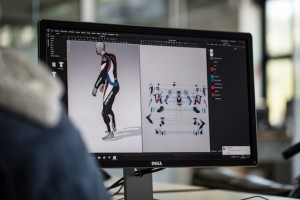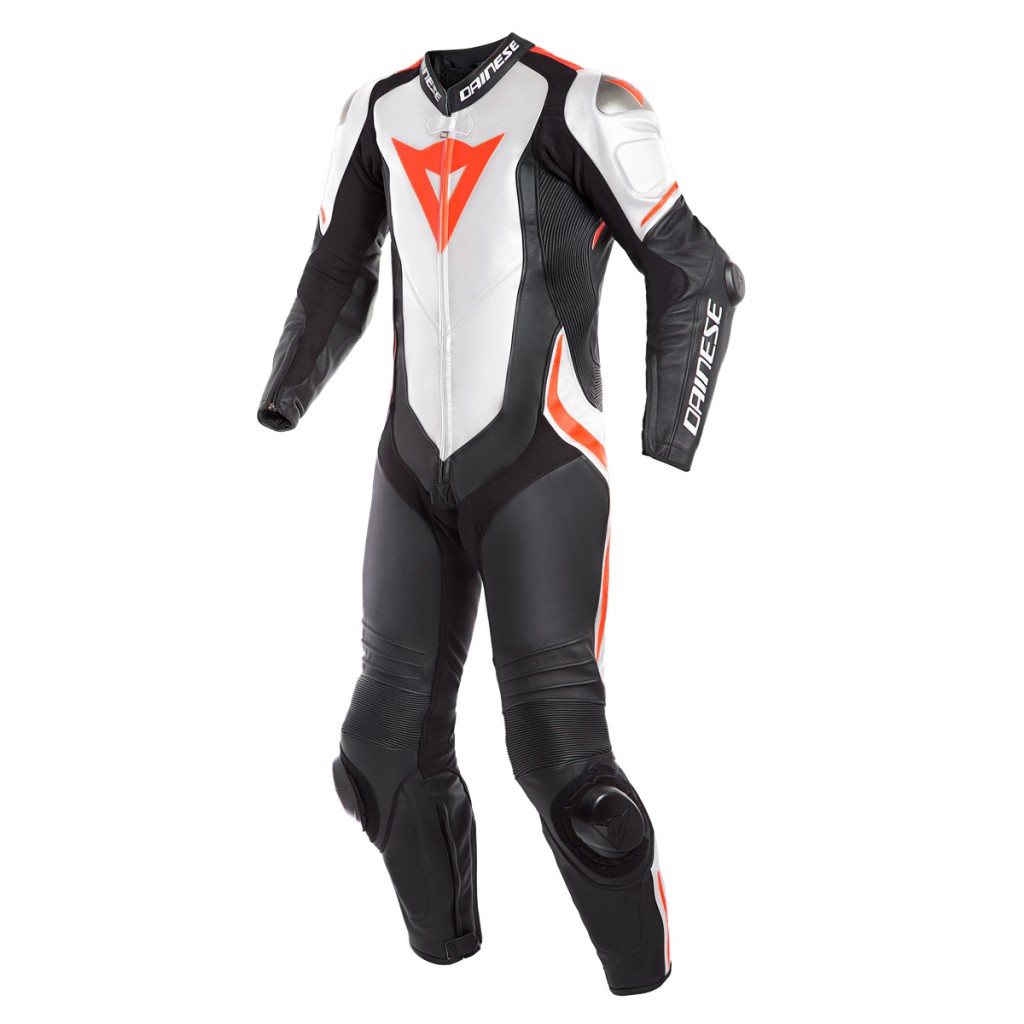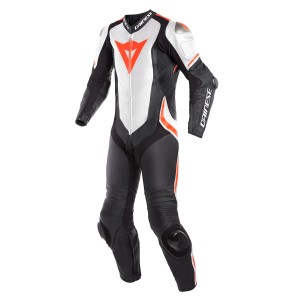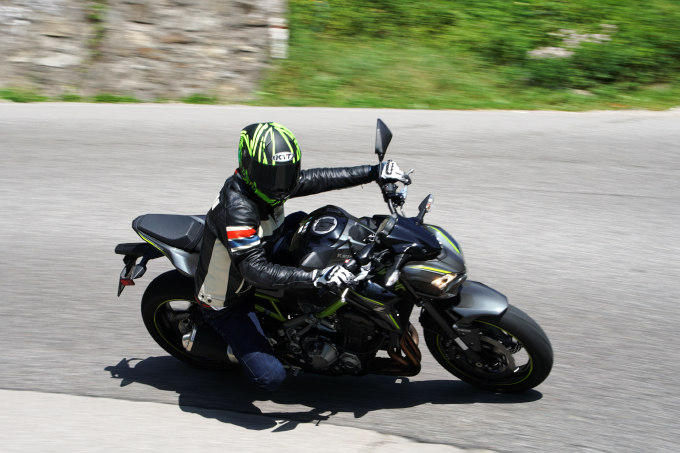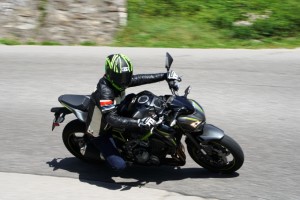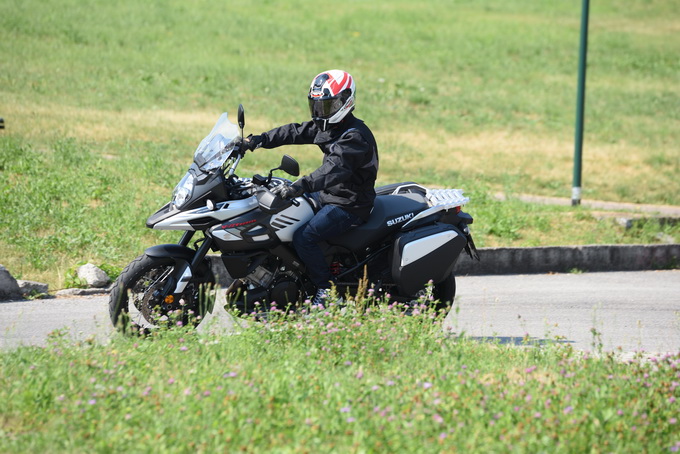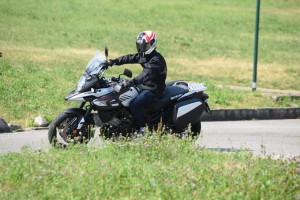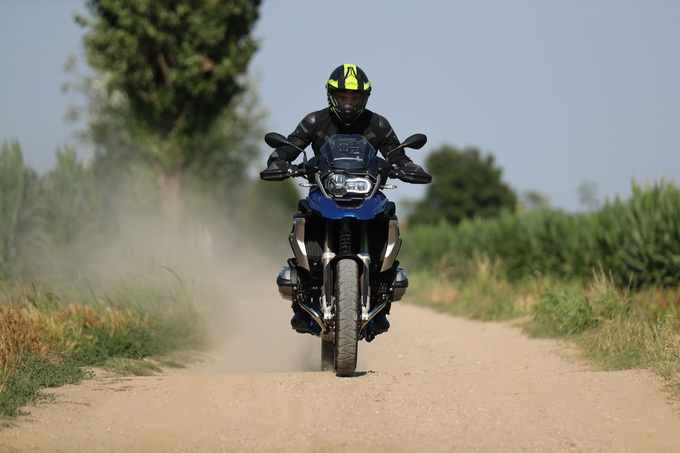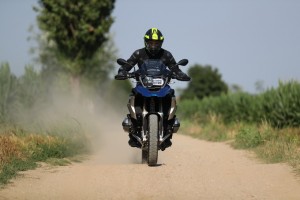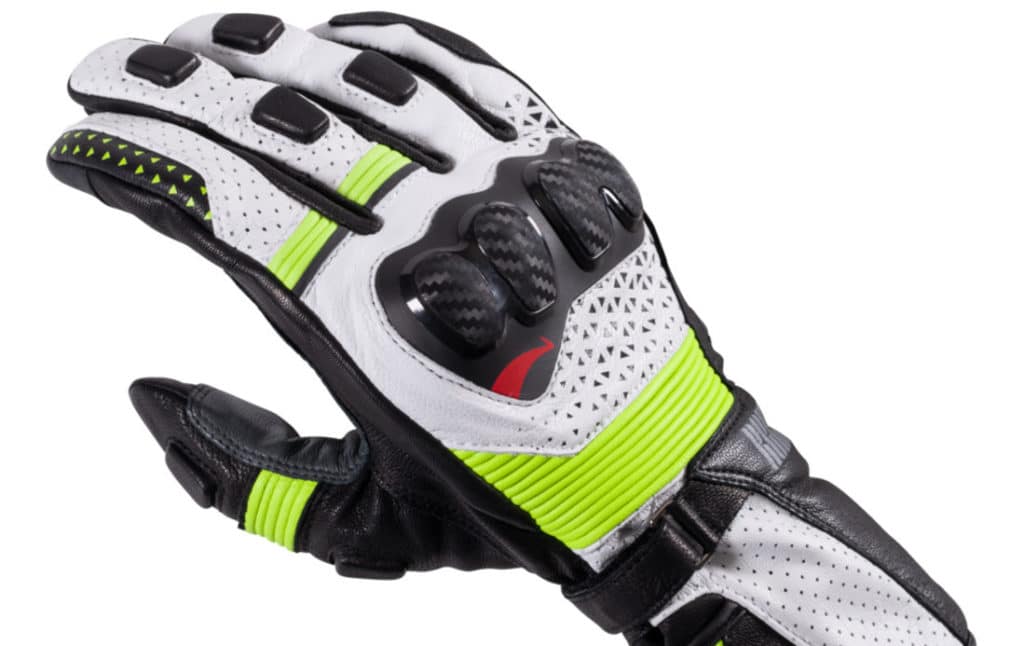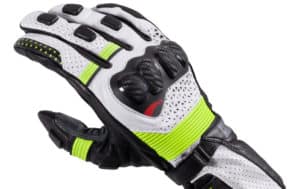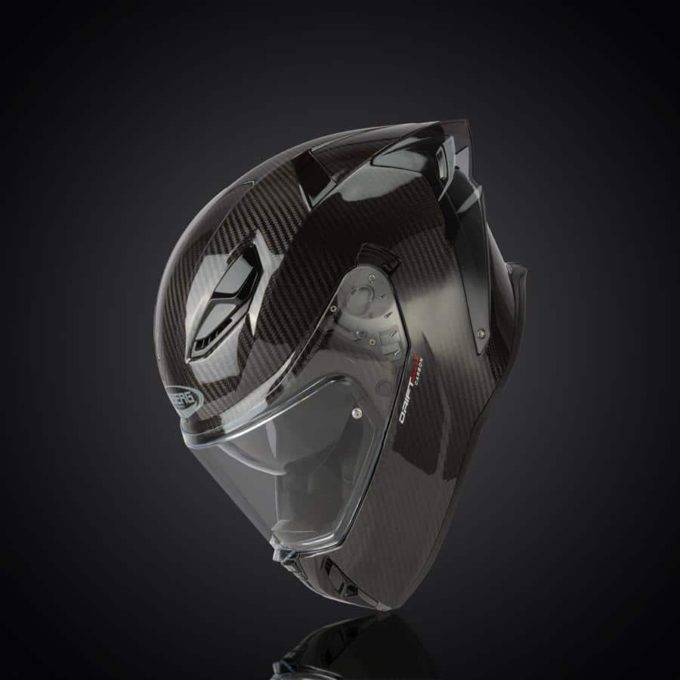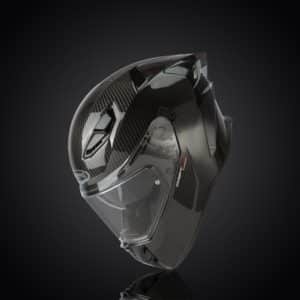Honda CBR600RR, little electronics and a lot of substance [ROAD TEST]
Born to race, we wanted to test it on the road
Honda CBR600RR – we are in a time of transition. In fact, the motorcycle sector arrives a few years later than the automotive sector, either due to investments which are for obvious reasons smaller, or because the public is more averse to giving up fascinating sensations and concepts, than technology and electronics, at least in theory, they go partly to debase. ABS, which has been a mandatory standard on cars for some time now, has thus arrived relatively recently on motorbikes, for the first time on a super sports bike with the CBR in 2008. At the time not a few people turned their noses up at it, but today even the more experienced drivers, at least for road use, always recommend choosing the version with the anti-lock system, if available. The immediately following step concerns traction control and its more sophisticated "derivatives". Today they are a standard for almost all maxi, but the transfer to their smaller-sized sisters is just around the corner. Making a parallel with the four wheels, traction control is now also standard on small cars, so the road seems already written. In sight of this trying a bike like this today has an almost romantic feel, the thought automatically goes to the fact that in a few years there will no longer be a super sports car without electronics. If on the one hand safety is reaching previously unhoped-for levels, on the other the pleasure of managing the motorbike autonomously, the flavor of a riding experience without assistance, is undeniable and we are certain that in the near future someone will be looking for a used CBR600RR rather than “bend” to electronics.
Aesthetics and finishes:
rating: 
CBR600RR stands for Cylinder Beam Racer 600 – Race Replica, a story that begins far away, in 1986 to be precise (even if the first use of the acronym CBR dates back to 1983 for a faired 400) for one of the most iconic models in Honda's history, the first CBR600. Born as "F", it was also "split" in some situations between two setups, one more touristy and one more driven towards sportiness. The current RR version was born in 2003, it then received several "packages" of updates, for example in MY2007 and another in MY2013, with refinements and modifications also coming from the experience in MotoGP, but in fact it is faithful to the initial project. You can see it, just to mention one of the most obvious details, from it exhaust under the saddle, which experienced its "fashionable" period, now closed for a good number of years. On an aesthetic level, the nose of the current model has a clear inspiration from the bike with which Pedrosa and Marquez fight for the world championship, with the headlight unit with two horizontal headlights and taut lines of the fairing that surrounds it, to give character to the aesthetics. The line of the sides is more traditional, made eye-catching in this case by Honda's classic tricolor colour. The tail is instead strongly characterized by the presence, as we said, of the exhaust. The instrumentation is compact and essential, with the large tachometer in the center and a display on the right for other information. There is no gear engaged, and this is perhaps the main shortcoming of a bike like this, because it is not uncommon to glance at the instruments in search of this information. The lines of the bike are compact to the extreme, because this is one of the main objectives of a 600, which represents, for those who want to go on the track and beyond, the slim and easy alternative to larger-capacity motorbikes. If we think about her ancestor who started the CBR lineage, in the 80s such a “thin” and compact bike would have easily been mistaken for a 125 of the time in terms of dimensions.
Engine and performance:
rating: 
Meek in the first half of the rev counter, very spirited in the second
Honda CBR600RR still represents a concept that has always divided the public. The fact that it is bad only in the second half of the rev counter encourages you to keep it cheerful and, when driving on roads open to traffic, if you are not more than attentive and with your head on your shoulders, you end up using it "immediately withdrawing your license" . This is on the one hand a feature appreciated by "geeks", who consider the performance of which a "small" 600 is capable of more humane and sufficient compared to the approximately 200 horsepower of the current "millions". On the other hand, others will argue that having no back and low obligations to use the engine in track style, unless used as a "scooter". You often end up going faster with a motorbike like this than with a mille, which with a more docile and rounded delivery can therefore also be used with a less exasperated riding style. Leaving aside these borderline philosophical discussions, it is obvious that on the track it is a completely non-existent problem, because having to keep the speed above 8.000 rpm can rarely be a cause for concern. The 4 cc inline 599 delivers a maximum torque of 66 Nm at 11.250 rpm, with a power of 120 horsepower at 13.500. You can safely use it and resume even from around 3.000 rpm, thanks to the improved management electronics, with focused work to optimize performance at the low end, as well as at the high end. However, the music changes decisively towards 8.000 rpm. At this speed the sound also becomes more interesting (even if the original exhaust is far too polite), while speed and rpm increase significantly more vigorously. The thrust shows no sign of decreasing even above the maximum power level, and the engine it extends up to the remarkable threshold of 16 thousand rpm. Gearbox and clutch, as per Honda tradition, are flawless, except that the CBR600RR doesn't seem to like clutchless shifting very much. Worth noting instead a generous on-off, which forces you to be careful and with two fingers on the clutch when going around a curve with the engine on fire, for example a hairpin in first gear to exit under full acceleration.
Ride and handling:
rating: 
Immediate and instinctive feeling that is difficult to match
Let's start with the sensations, which are the most important thing, even more than the technique that leads to obtaining them. Riding a CBR600 has always meant getting on the saddle and immediately feeling at ease, as if you've been riding it for a long time. For the very first series it was a distinctive feature, because none of the competitors knew how to approach it from this point of view, today the others have improved, but it still has an advantage. Returning to the concrete data, the 2013 updates, as well as aesthetic and engine management electronics, were in the suspension sector. The Showa BPF (Big Piston Fork) fork with 41mm upside down legs, fully adjustable, now has more efficient hydraulics, while the rear mono (also adjustable) is of the gas-charged type and is smoother, to better “copy” the roughness. It should be remembered that the rear suspension with Pro-Link type swingarm has been closely derived from Honda's experience in MotoGP since 2003. To complete the "cycling picture" we find a electronic steering damper and a refinement work at the level of centralization of the masses, thanks to which not only is the CBR600RR one of the slimmest and therefore aesthetically pleasing 600s, but also more manageable and easier to ride. The low weight of only 186 kg in running order, seems even more contained thanks to this feature. The brakes can count on a very respectable system, with pump and radial calipers that act on the two 310 mm discs. Despite having been one of the first super sports cars to debut the anti-lock braking system in 2008, as we mentioned, today the CBR600RR features the presence of electronically controlled EC-ABS as an optional extra, or rather purchasable by choosing the model that features it, with an additional cost of approximately 1.000 euros. In fact, in terms of riding, almost nothing can be complained about, even the absence of ABS is not noticeable in normal conditions, it is a very short motorbike, extremely easy to handle, not even too uncomfortable for the altitudes. Despite the high and advanced footrests to benefit use on the track, you don't get off too painfully after longer transfers. If we really want to find a flaw, we should point out the saddle, on which you tend to slide a little too much, but this too is a choice aimed at the track, where movements are continuous and are thus simplified.
Price and consumption:
rating: 
Less than 11 thousand euros, which becomes 12 with ABS
The price list of the CBR60RR is 10.990 euros, which rises to 12.000 euros for the CBR600RR EC-ABS. Three colors available, with full black and the intriguing Orange Repsol variant, as well as the very classic tricolor of these photos. Listed numerous original accessories to personalize it, it goes from the seat cover tail to Akrapovic terminal (for us one of the musts for those who love the meanest sound). However, there is no shortage either optional geared towards touring, such as the high fairing or the heated grips. The list continues with carbon details, tank protectors, anti-theft devices, as well as covers and a stand to raise the rear, both for small maintenance operations and for storing the motorbike if it is not used for a long time. On the consumption front, what we had pointed out as a flaw translates into an advantage. The "polite" delivery of the in-line 4 up to 8.000 rpm allows you to travel a good number of kilometers per liter. We detected a value of around 18 with one liter overall in our test, which in light of the tank of over 18 liters translates into an interesting autonomy of more than 300 km.
PROS AND CONS
We like it:
Easy to ride, excellent for the track, high performance
We do not like it:
Power output up to 8.000 rpm, no ABS (optional) for road use
Honda CBR600RR: the Motorionline Report Card
| Motor: |      |
| Handling: |      |
| Gearbox and transmission: |      |
| Braking: |      |
| Suspensions: |      |
| Guide: |      |
| Pilot comfort: |      |
| Passenger comfort: |      |
| Equipment: |      |
| Quality price: |      |
| Line: |      |
| Consumption: |      |
The photographs in this test were taken with a Sony A7 II Full-Frame Mirrorless camera with a Sonnar® T* FE 55mm F1,8 ZA lens
Test clothing:
Jacket: Dainese Carve Master Gore-Tex
Trousers: Dainese New Galvestone Gore-Tex
Gloves: Dainese Scout Evo Gore-Tex
Boots: Dainese Latitour GoreTex
Helmet: Shark Skwal
if you want to always be updated on our news
Follow us here

